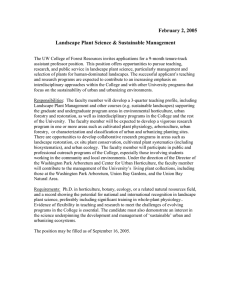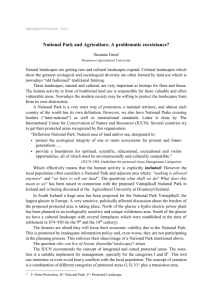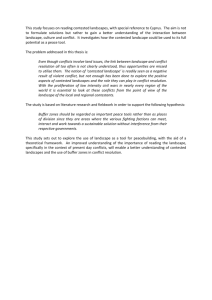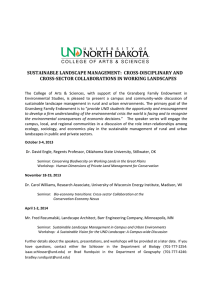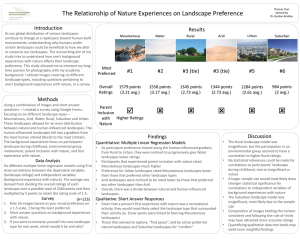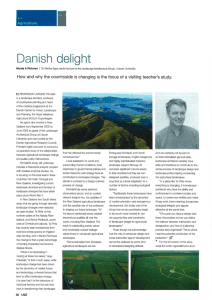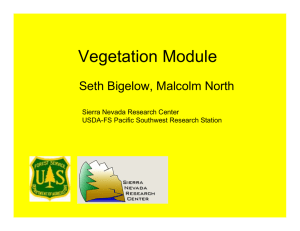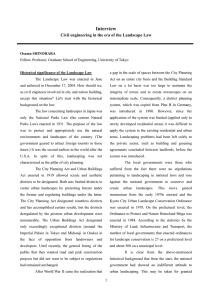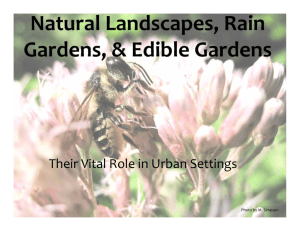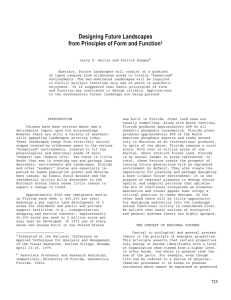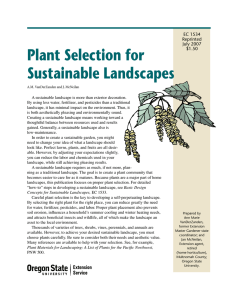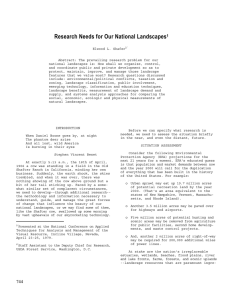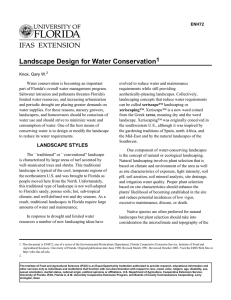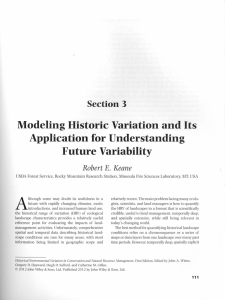ABSTRACT CREATIVE PROJECT: Following Nature’s Design Principles & Solutions
advertisement
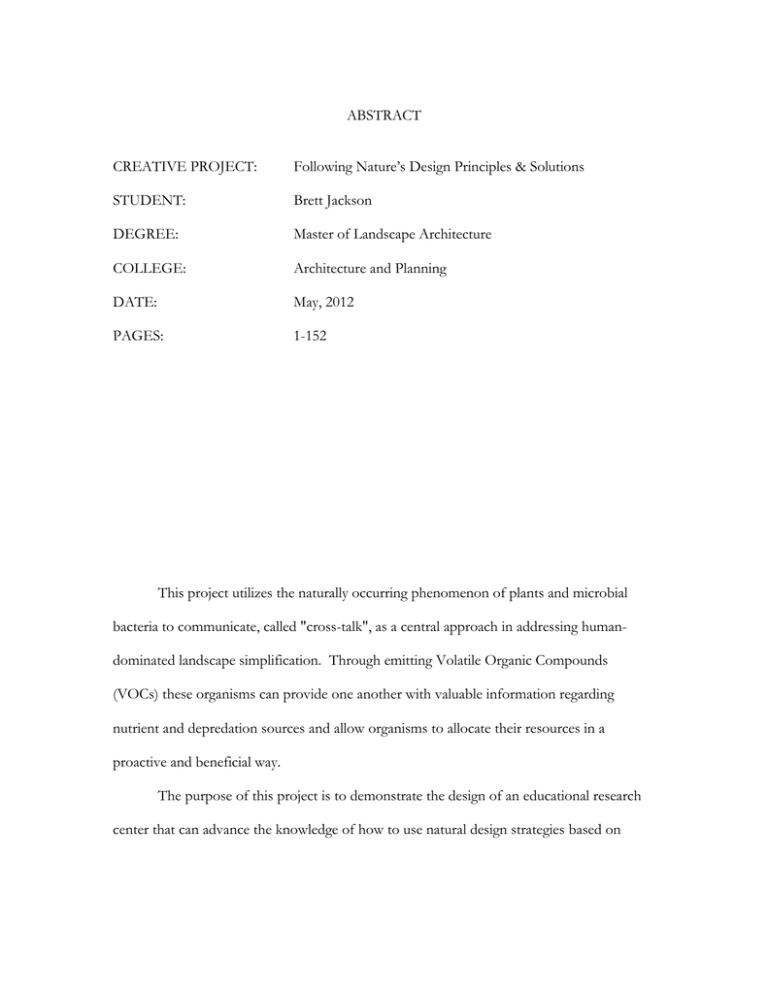
ABSTRACT CREATIVE PROJECT: Following Nature’s Design Principles & Solutions STUDENT: Brett Jackson DEGREE: Master of Landscape Architecture COLLEGE: Architecture and Planning DATE: May, 2012 PAGES: 1-152 This project utilizes the naturally occurring phenomenon of plants and microbial bacteria to communicate, called "cross-talk", as a central approach in addressing humandominated landscape simplification. Through emitting Volatile Organic Compounds (VOCs) these organisms can provide one another with valuable information regarding nutrient and depredation sources and allow organisms to allocate their resources in a proactive and beneficial way. The purpose of this project is to demonstrate the design of an educational research center that can advance the knowledge of how to use natural design strategies based on biotic and abiotic processes, to advance our knowledge and efficiency of yield-producing constructed landscapes, and to explore design in relationship to natural processes. This project includes a proposal for the design of the Cooper/Skinner Sustainable Educational Center on the Cooper-Skinner site, Muncie, Indiana. Which has been designed to contribute to the understanding of the relationship of 1) human-dominated, landscape simplification, 2) cross-talk among organisms, and 3) the role of cross-talk in the management of the health and productivity of landscapes created via site-based processes of built landscape design. The Cooper/Skinner Sustainable Education Center is designed through the homogenization of constructed landscape grid and natural systems patterns to demonstrate the feasibility of human-dominated and natural systems integration. Furthermore, the Center educates individuals on landscape diversity, ecosystem services, and non-renewable inputs in relationship to constructed and industrialized landscapes. The site is designed through a series of diversifying and simplifying species gradients with VOC sampling transects running contiguous along these gradients. The sampling gradients, resembling top-down and bottom-up research methodologies, are then analyzed, comparing them to control samplings taken on-site. This project seeks to identify the threshold of plant and microbial bacteria species diversity required to provide natural systems with adequate complexity to be self-sustaining and capable of complexifying over time. Additionally, a series of introduced, ecologically diverse patches are proposed as an opportunity to learn about how components of living systems can provide valuable information useful for their fertilization, pollination, and protection of neighboring humansimplified landscapes. The hypothesis is that these introduced patches will extend the ecology found within the surrounding vegetative environments into the monocultural zone that is far less alive in terms of beneficial information exchange within the living system.


